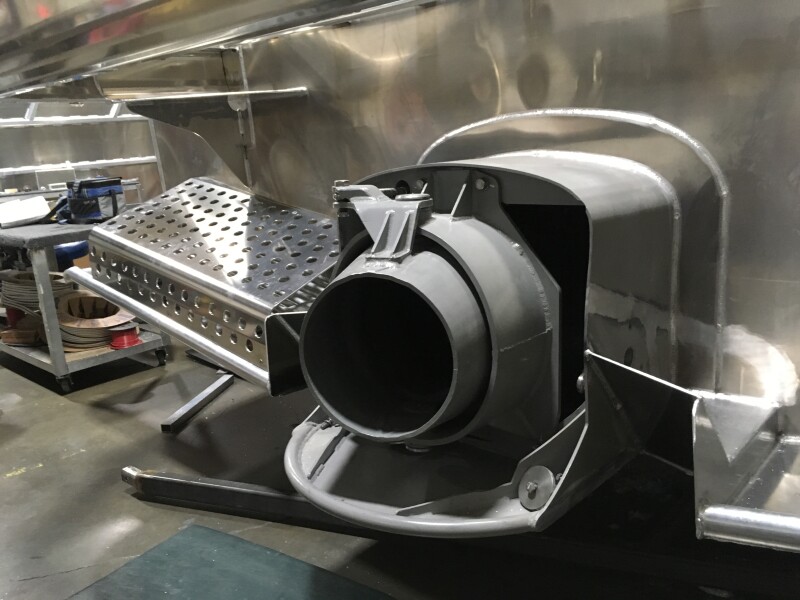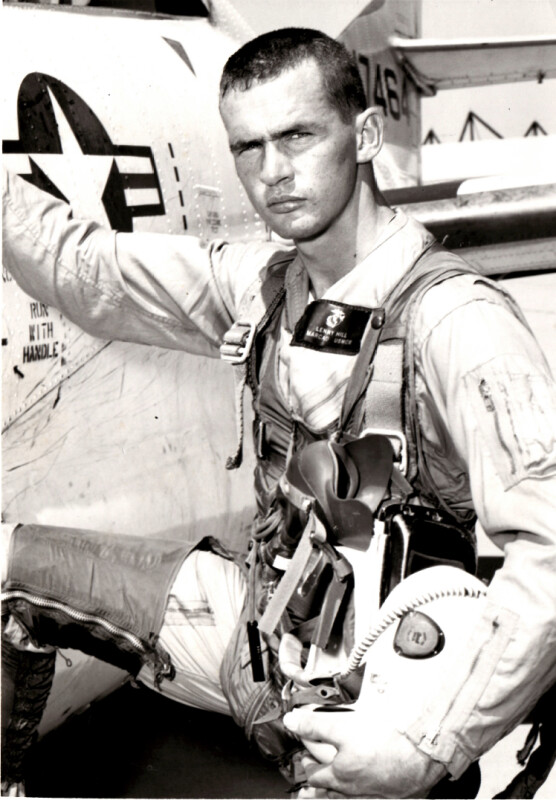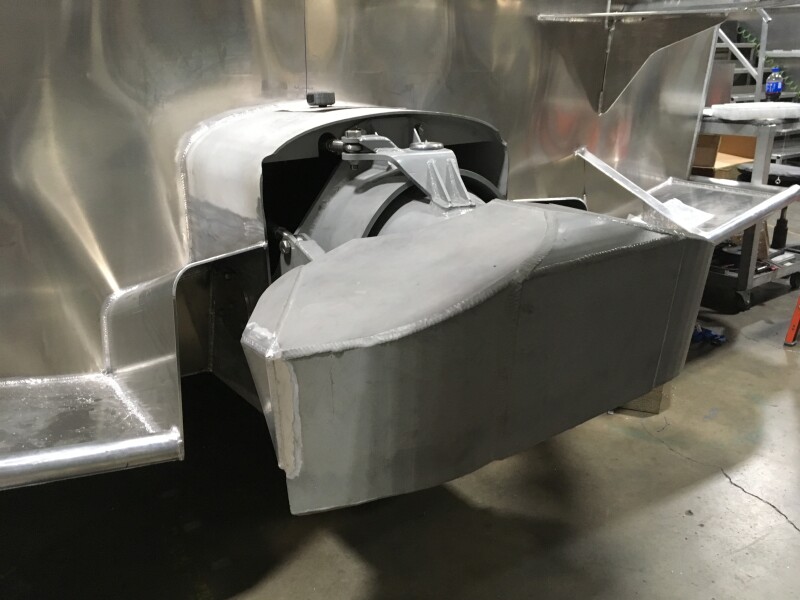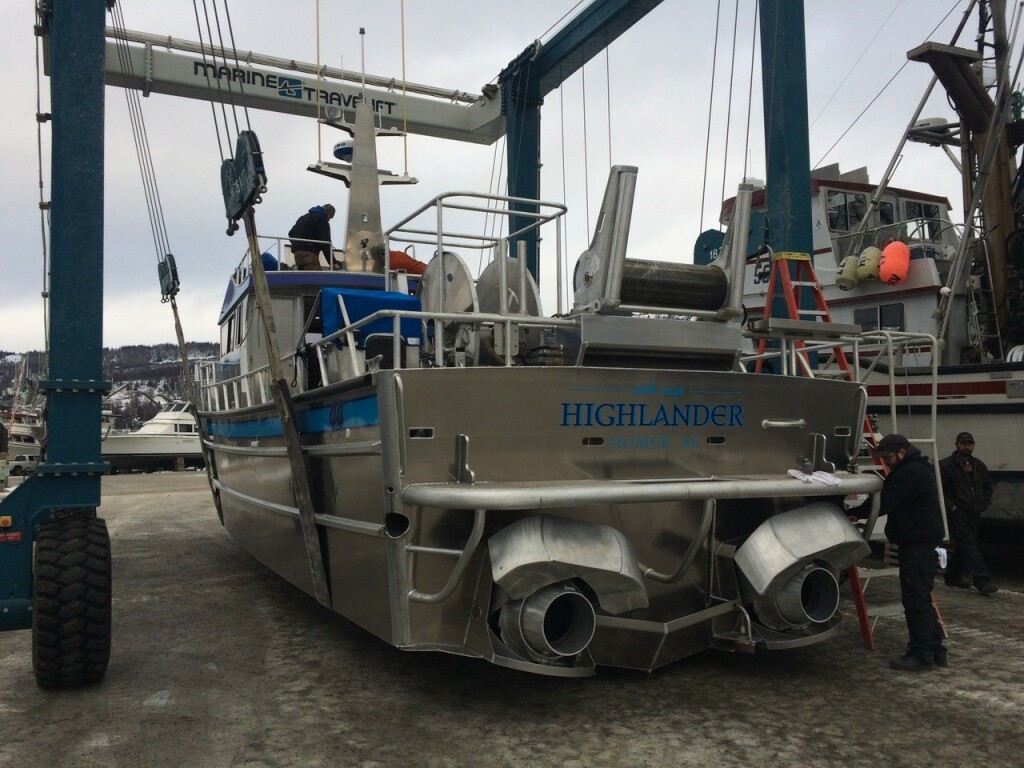A self-described “Arkansas redneck” with a high school diploma has designed some of the most sought-after water jets in the Bristol Bay salmon fishery.
Americans seem to have a soft spot in their hearts for underdogs, the unlikely success stories like that of Len Hill, who, with his son Jason, owns Hill Innovations, manufacturer of some of the most popular high-thrust water jets in the Bristol Bay gillnet fleet.
“I don’t have any formal education that says I can do what I’ve been doing for the last 30 years,” says Hill. But somehow, he figured out how to design top-performing water jets like the company’s 20-inch Hi502, the 24-inch powerhouse Hi600, and the new 17-inch, Hi400 for twin applications.
“Right now, we can sell a lot more than we can build,” he says, speaking from the company’s new facility in Alexander, Ark. “My son Jason has got 12 Hi400s sold, and four Hi502s. And we’re trying to get them built and delivered on time.”

At age 79, Hill is constructing a new building and buying the machinery he needs to grow his business. “Right now we have some new markets we’re looking at, but we can’t pull the trigger on that,” he says. “We’re just trying to keep the fishermen in Alaska happy.”
Hill got into water jets after working for the Jacuzzi family, whom he met because he learned how to fly in the Marine Corps.

“I grew up on a 360-acre farm not far from here,” he says. “I wanted to be a farmer, but I ended up going to Arkansas Tech on football and track scholarship. The math came easily to me, so I was taking analytical geometry and calculus and all that, then one day in 1966, I went to the Union, and a Marine recruiter was there. The picture of the F4 fighter jet caught my eye and he said, ‘You want to fly one of those? Sign right here.’”
Hill went on to learn to fly the Douglas A4 Skyhawk, but stayed on the ground in Vietnam, coordinating airstrikes and medevacs. Out of the military, he started flying for a charter company, mostly hauling class A and B explosives from one military base to another. But on one fateful day, he began piloting the members of the Jacuzzi Company.
“I ended up selling them a Navajo aircraft and becoming their corporate pilot,” says Hill. “They wanted me to have something to do when I wasn’t flying, so I got into their marine jet division and eventually started doing R&D for them.”
When another company bought Jacuzzi, they wanted to shed the marine jet division. “I took out an SBA loan and bought it for pennies on the dollar,” says Hill. “I ran it out of my garage.” Hill built pleasure-craft jets, and eventually sold one to a fisherman in Ketchikan, Alaska.
“He was very unhappy with it, so I went up there to see what was going on,” Hill says. “It was the wrong application for that jet, so I came back and started talking to a designer, Herman Schlappi, the only guy I knew who knew jets inside and out. And I started picking his brain. He showed me a design for an axial flow pump, and we started making the high-thrust, low-speed for the seine skiffs.”
Looking at other markets, Hill designed a mixed-flow pump that became the Hi500.

“We took a design Herman had from the Navy, a mixed-flow pump, but kept the big nozzle, so we could still get the thrust but give more than 25 knots. That turned out to be a big hit. We built two, but we ran out of money to produce more, so I went to work for Thrustmaster.”
Hill later parted ways with Thrustmaster and now makes a redesigned version of the Hi500, the Hi502, along with the Hi600 and Hi400. The Hill Jets are popular in Bristol Bay, but Hill is not resting on his laurels. “I think there is still performance to be gained,” he says. “What excites me is figuring out how to do what hasn’t been done yet.”
While it’s unlikely that an Arkansas farm boy with little formal education would be leading a design revolution in water jets, Hill hasn’t let that stop him. “Most of this is common sense,” he says.







